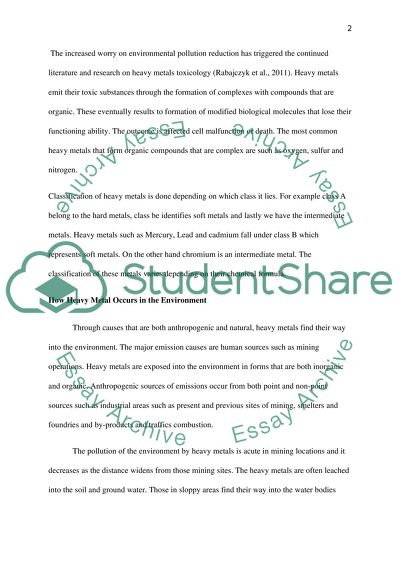Cite this document
(Pollution of the Environment and the Worst Problems in the World Essay Example | Topics and Well Written Essays - 1500 words, n.d.)
Pollution of the Environment and the Worst Problems in the World Essay Example | Topics and Well Written Essays - 1500 words. https://studentshare.org/environmental-studies/1443895-pollution-of-the-environment-and-the-worst-problems-in-the-world
Pollution of the Environment and the Worst Problems in the World Essay Example | Topics and Well Written Essays - 1500 words. https://studentshare.org/environmental-studies/1443895-pollution-of-the-environment-and-the-worst-problems-in-the-world
(Pollution of the Environment and the Worst Problems in the World Essay Example | Topics and Well Written Essays - 1500 Words)
Pollution of the Environment and the Worst Problems in the World Essay Example | Topics and Well Written Essays - 1500 Words. https://studentshare.org/environmental-studies/1443895-pollution-of-the-environment-and-the-worst-problems-in-the-world.
Pollution of the Environment and the Worst Problems in the World Essay Example | Topics and Well Written Essays - 1500 Words. https://studentshare.org/environmental-studies/1443895-pollution-of-the-environment-and-the-worst-problems-in-the-world.
“Pollution of the Environment and the Worst Problems in the World Essay Example | Topics and Well Written Essays - 1500 Words”. https://studentshare.org/environmental-studies/1443895-pollution-of-the-environment-and-the-worst-problems-in-the-world.


